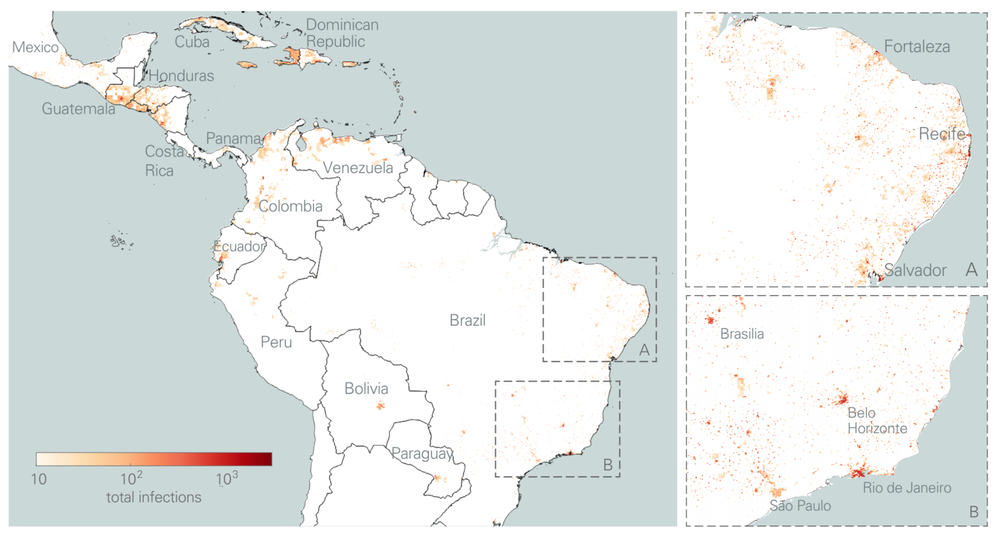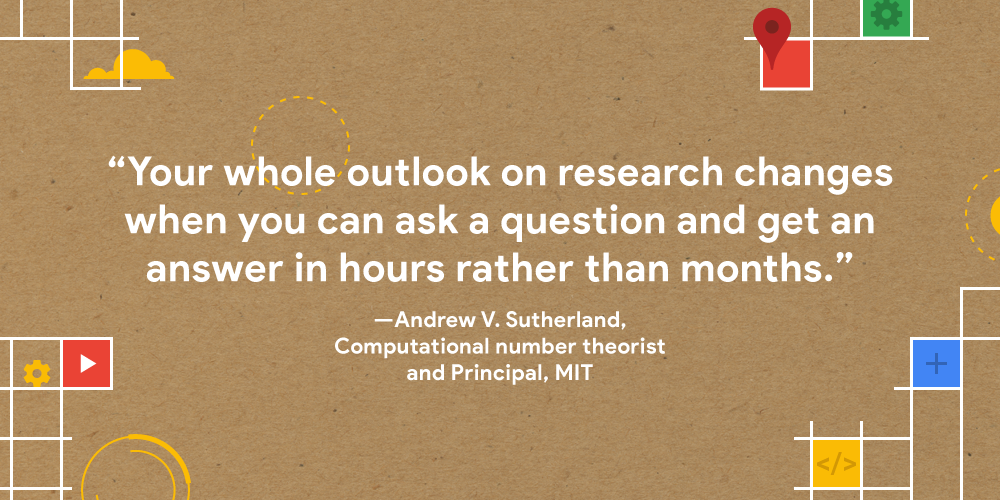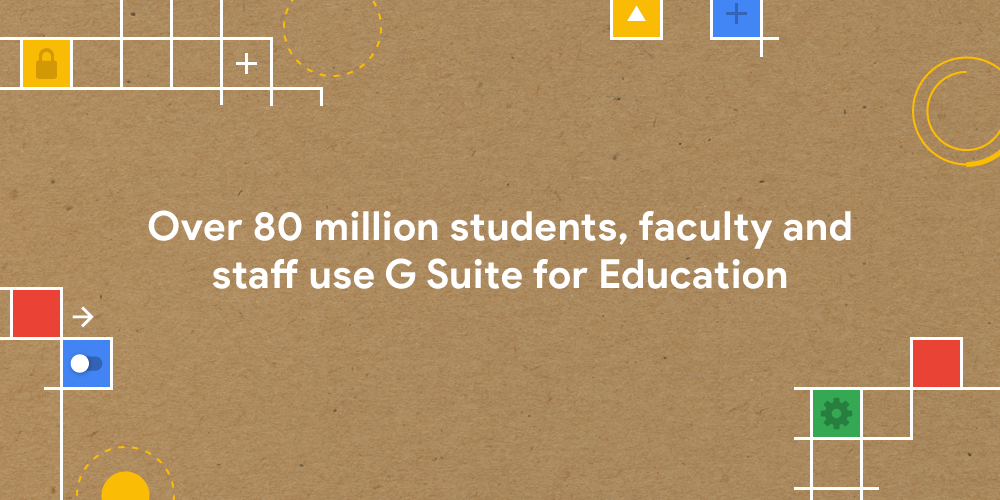The past year was a challenging one for educators, but the good news is that we’ve discovered solutions that will continue making learning more effective — whether schools operate in-person, in a hybrid model or continue remotely. This year, more K-12 and Higher Ed schools turned to Cloud solutions to understand and drive student success while expanding access to learning and support affordably.
Student success through real-time insights
Google Cloud tools make it possible for institutions to make sense of billions of data sets from across hundreds of data systems. Google Cloud Student Success Services can help schools at every academic level improve the student experience, from matriculation to graduation.
Mesquite Independent School District (ISD) in Texas has an ambitious vision to support the individual needs of all its students. To do this, they wanted to understand their students better, which required cross referencing thousands of types of data from various places. Using Student Success Services, they were able to pull data from their learning management system, their Student Information System, Google Workspace, survey data and direct input from students and teachers, among other sources. Using the Google Cloud tool BigQuery, they were able to quickly pull data and draw insights in order to better serve their students’ specific needs.
Better access to learning and support
Virtualization tools and virtual agents are two powerful technologies that provide access to students and staff anytime, anywhere while physical campuses are shut down or restricting access.
Virtual desktops can connect students, teachers and researchers to equipment they need even when they can’t be on site. For example, students can run high-performance applications like Photoshop and AutoCAD natively from a Chromebook using virtual labs powered by Google Cloud.
And plenty of organizations are turning to virtual agents to offer more support to their communities by adding support assistants to their webpages. Like most schools, Upper Grand District School Board in Canada pivoted to an online learning program last year. With many families and students new to distance learning, Upper Grand received an unprecedented number of inquiries for reliable information and instructions. The schools’ administration had to handle technical queries manually, and limited staff availability led to longer response times. Thankfully, within three weeks we were able to work with them to build a virtual agent trained on queries related to online safety and technical support for online learning programs. The online tool handles some thousand queries every day with about 92% accuracy and a less than one second response time.
The Advising team at Penn State World Campus also used this tool. They reviewed their top queries from the college’s 20,000 learners, and discovered that staff consistently fielded the same questions over and over, often spending 15 to 30 minutes collecting information for the answers. So they decided tolaunch a virtual agent powered by Google Cloud. Now the majority of student questions can now be answered in seconds, freeing up precious advisor time to spend with the students who need it most.
If you’re interested in learning more about Google Cloud solutions for education or if you want to chat with us directly, reach out to our team by completing the Contact Form.


